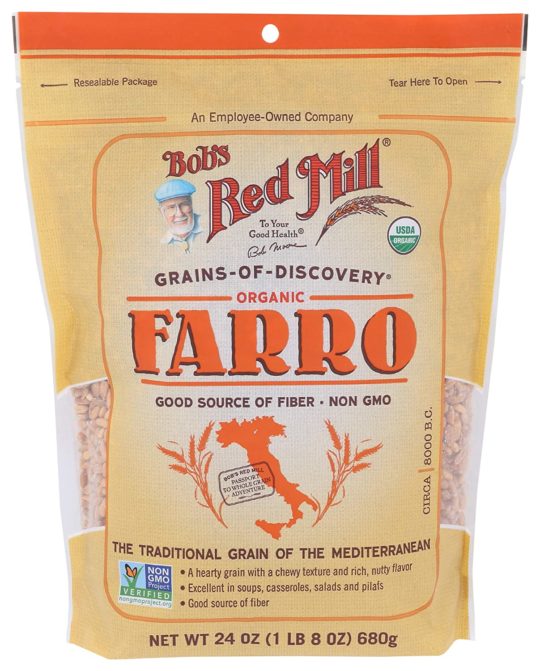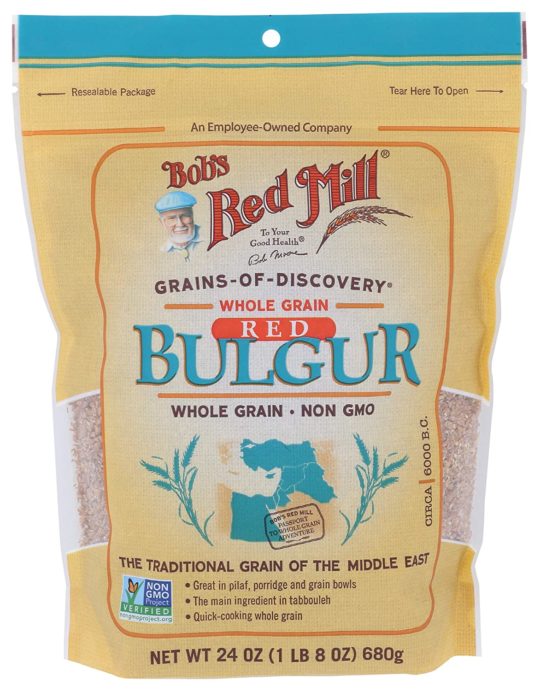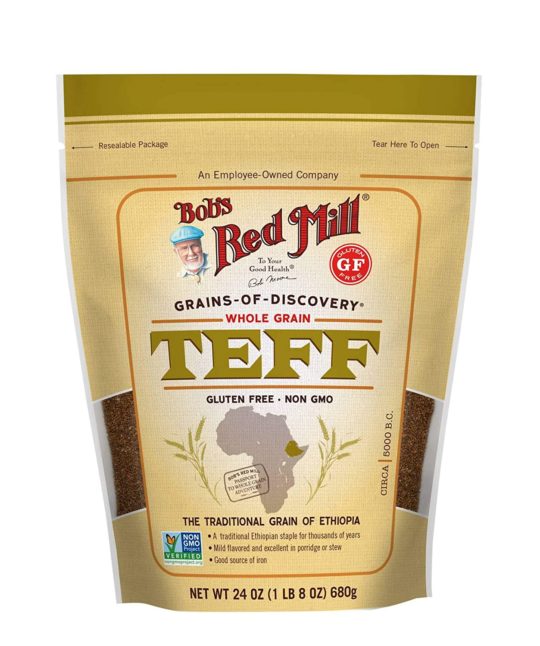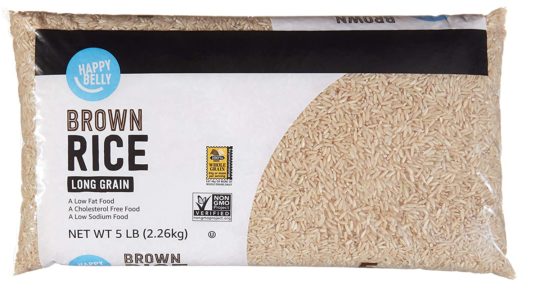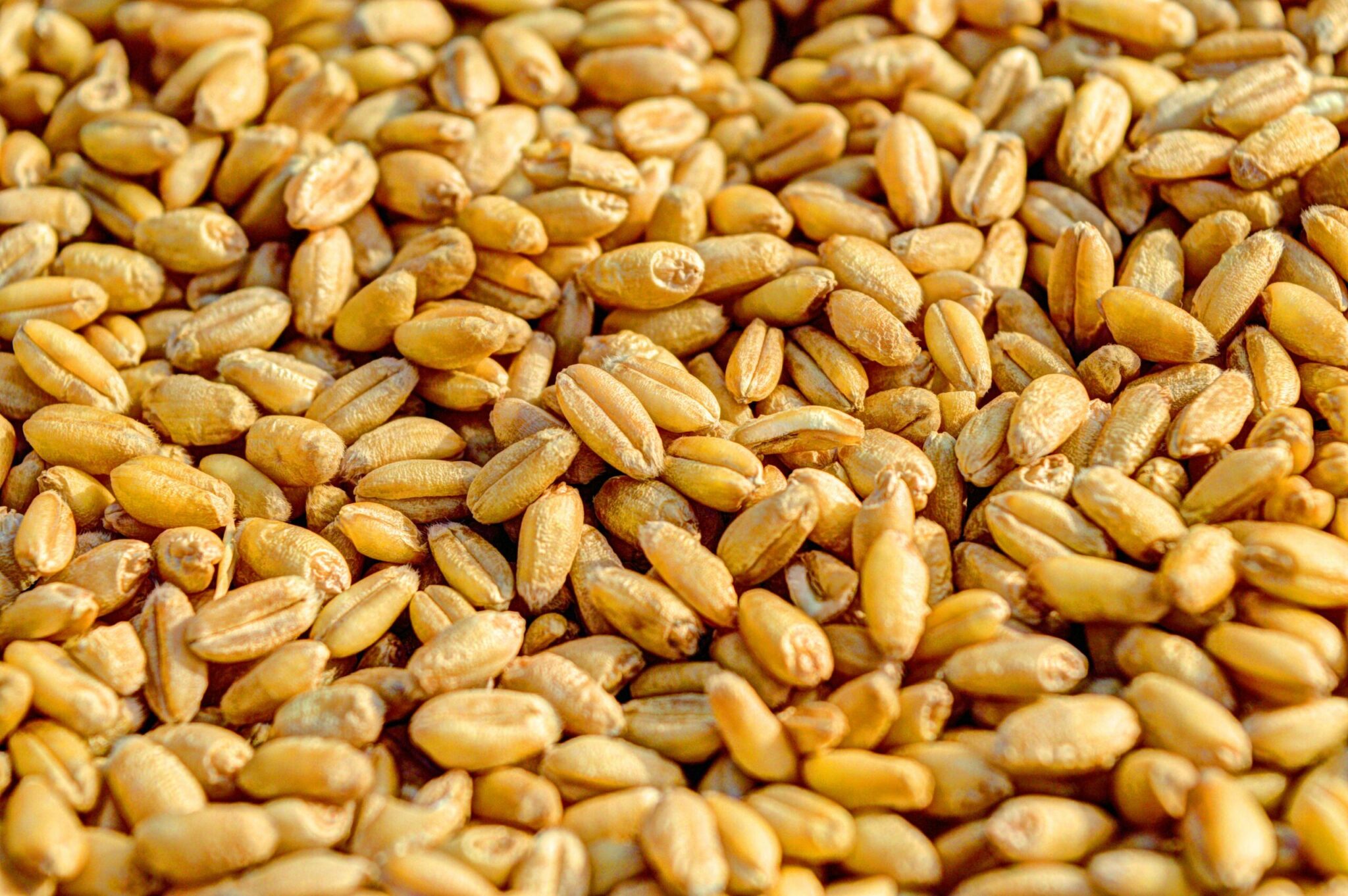Freekeh is an ancient grain, often mentioned with other superfood heroes like spelt, quinoa, amaranth, and farro. Its name may also be spelled freekah or frikeh or called farik or freak. Regardless, freekeh is essentially wheat that has been harvested early, while the grains are still tender and green. The kernels are then parched, roasted, dried, and rubbed.
The word freekeh is a term for preparing grains and not the name of a particular grain variety. But, it also typically refers to wheat and generally to durum wheat. So, the freekeh process can also be applied to other grains (such as barley). Freekeh’s peculiar history goes back thousands of years, as far back as 2,300 BC. A Middle Eastern village came under enemy siege, and their farm produce of young, green wheat was razed in an inferno during the siege. The villagers found that they could garner some food supplies by peeling off the burned chaff to get the roasted wheat kernels inside. The result is what we call freekeh today, which means “to rub” or “the rubbed one.”
Uses of freekeh
Freekeh is majorly used for nutritional reasons and is a way to catalyze the nutrients in your dish. It’s a versatile ingredient that’s very easy to combine with any dish, whether savory or sweet. It’s also added to salads, collard wraps, porridge, pilaf, and homemade soups.
Freekeh is a part of so many regular, vegan and keto dishes, some of which are;
- Fall harvest freekeh salad
- Za’atar beef
- Freekeh roasted carrot salad
- Herb salad
- Mejadra freekeh
- Freekeh stew
- Bean burger
- Ancient grains salad
- Freekeh pudding
- Freekeh fry
- One-pot vegan Mexican freekeh
- Pomegranate glazed freekeh
- Pumpkin streusel cake
- Freekeh cookies
Substitute for freekeh
You may find that freekeh is scarce around you and feel a recipe that needs it can’t be made. But you only need to replicate its flavor, which is what these substitutes are about;
Farro
This substitute looks, tastes, and cooks like barley but is not barley. And farro is an ancient grain that has long been part of traditional Italian meals. Farro, a.k.a farro Medio or emmer, is a nutty, hearty grain packed with protein and fiber. These days, farro is revered by many because it retains its texture long after cooking, making it the perfect base for grain bowls.
There are two types from which you can choose. The first, whole-grain farrow, also called the whole berry or pearled farro, pops when chewed and requires overnight soaking before cooking. The second, semi-pearled farro cooks faster and contains more nutrients. It’s also packed with more protein and dietary fiber than brown rice, pasta, and couscous.
Alongside legumes, farro forms a complete protein, making it a great option for vegans and vegetarians. But it also contains less gluten than other types of wheat, making it unsuitable for gluten sensitivity and people with celiac disease. But you can still use farro in the same ratio as freekeh in your dish.
Bulgur wheat
This is another substitute that can work very well to replace freekeh in your recipes. And since it’s the main ingredient in a traditional Middle Eastern tabouli salad, many would have heard of it. But for most people, that’s only how we know it.
Instant bulgur, also called fine-grain bulgur, consists of the precooked, dried, and ground kernels of durum or other types of wheat. Quick-cooking, fiber-rich bulgur works well to replace freekeh in salads and meat patties. Use bulgur in a 1:1 ratio in your recipe.
Teff
This substitute is considered an “ancient grain” and is consumed in regions of the world for generations. But it has also currently found its way into grocery stores and home kitchens in the U.S. Like quinoa, teff is gluten-free, but it tends to be a little less versatile because of its small size.
In recent times, teff is fermented and cooked into injera, a crepe-like, spongy bread. Gluten-free teff grains are very small, with a flavor resembling molasses and high iron and calcium content. Since teff is too small to be easily milled, they’re almost whole grain. Substitute teff for freekeh in the same measurement in your recipes.
Brown rice
This is another substitute for freekeh and gets its color from the bran coating surrounding the kernels. After the rice is harvested, the bran and germ layers are either left intact or removed, yielding brown or white rice, respectively. Almost every variety of rice can be available as brown rice, including basmati, jasmine, short, medium, and long-grain.
The bran coating contributes a nuttier taste and chewier texture to brown rice. Brown rice also contains thrice fiber of white rice and is as nutritious as freekeh. It’s rich in protein, potassium, vitamin B, magnesium, zinc, iron, selenium, and manganese, which are all important for bone growth and energy. Brown rice combines well with a vegetable stir-fry, kimchi fried rice, and in grain bowls. Use brown rice in the same ratio as freekeh in your dish.
Quinoa
This substitute is an ancient grain in the amaranth family, and it’s pronounced keen-wah. It’s a complete protein, high in fiber (12 grams per cup) and minerals like iron and magnesium. It’s also much quicker cooking than other whole grains, as it takes about 15 minutes to cook, and its flakes cook in minutes. Also, it’s high in protein, with 18 grams per cup, making it a perfect option for vegetarians and vegans.
Quinoa has a chewy, mildly nutty flavor similar to pasta, making it perfect for soaking up stir-fry sauces or salad dressings. Try nutty-flavored quinoa in stuffed bell peppers, grain bowls, and breakfast porridges. And use quinoa in the same measurement as freekeh in your recipes.
Frequently asked questions (FAQs)
Is freekeh the same as bulgur wheat?
Freekeh is gotten from young, green wheat, while bulgur is gotten from mature wheatgrass. Freekeh has a green hue, is chewier and slightly smoky, but bulgur is tan in color, parboiled and nutty.
What is freekeh called in english?
In English, freekeh is known as durum wheat. Durum wheat, also known as pasta wheat or macaroni wheat, is harvested from young, green wheat and then scorched, roasted, dried, and rubbed.
Is freekeh healthier than brown rice?
Freekeh is packed with iron, calcium, and zinc. Compared to brown rice, it’s thought to contain thrice the protein and twice the fiber. And freekeh also has a low GMI, meaning the carbohydrates are released quite slowly.
Conclusion
We’re sure you were mesmerized by the important qualities, and versatile purposes freekeh serve in dishes. But as you went further, we’re also sure you became convinced that despite all the qualities of freekeh, ingredients of versatility and significance are also around. These substitutes will save you the trouble when there’s no freekeh available, or you don’t want any in your dish.
